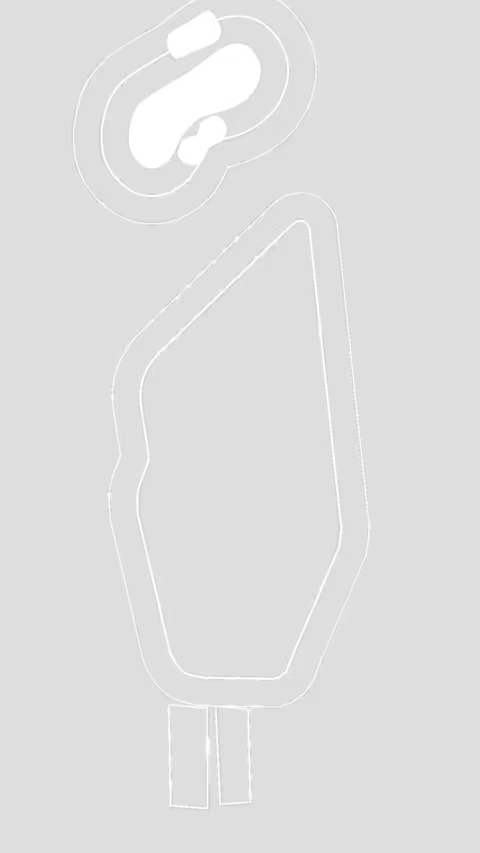
LUXEMBOURG
1 Courses

Golf in Luxembourg: Fairways Among Fortresses and Forests
Golf in Luxembourg presents a unique blend of historic charm and modern precision, set against a backdrop of rolling hills, dense forests, and medieval fortresses that define this small but golf-rich nation.
The sport’s roots trace back to 1913 with the founding of the Luxembourg Golf Club in Dommeldange, established by British and Belgian expatriates, making it one of the oldest courses in continental Europe.
Unlike golfing powerhouses with vast landscapes, Luxembourg’s courses are compact yet meticulously designed, reflecting the country’s reputation for efficiency and quality.
The post-war era saw gradual growth, but the 21st century brought a surge in interest, with the Luxembourg Golf Federation (FLG) actively promoting the sport.
Today, golf thrives as both a leisure activity and a competitive pursuit, with courses often nestled near UNESCO-listed sites or alongside the Moselle River’s vineyards, offering a distinctly Luxembourgish experience.
Key regions highlight the country’s golf diversity.
The central region, home to the Golf Club Grand-Ducal, Luxembourg’s oldest and most prestigious course, features tight fairways and elevation changes, demanding strategic play.
The Moselle Valley, with courses like Golf Club Beidweiler, offers scenic vineyard views and gentler terrain, ideal for recreational golfers.
The northern Ardennes region, with Golf Club Clervaux, provides a rugged, forested challenge, while the southern RedRock Golf & Spa Resort near the French border introduces a modern, resort-style experience with dramatic rock formations.
Signature courses exemplify Luxembourg’s golfing character.
The Golf Club Grand-Ducal, redesigned by Belgian architect Bruno Steensels, combines parkland and woodland elements, hosting the Luxembourg Open, a Challenge Tour event.
Golf Club Beidweiler, designed by Jeremy Pern, is a picturesque 18-hole course weaving through vineyards, with Riesling-lined fairways adding a local twist.
RedRock Golf & Spa Resort, crafted by German architect Christoph Städler, stands out for its quarry-inspired layout and eco-conscious design, featuring recycled water systems and solar-powered facilities.
Player development is robust, with the FLG’s youth programs nurturing talents like Jean-Nicolas Billot, Luxembourg’s top-ranked player, who competes on the Alps Tour.
The Golf Academy Luxembourg at Senningerberg offers elite coaching, while partnerships with French and German academies provide cross-border training opportunities.
Women’s golf is rising, with junior player Sophie Hénon making waves in regional tournaments.
Tourism appeal lies in combining golf with cultural gems like Luxembourg City’s fortified old town or the Moselle’s wine routes.
Peak seasons are spring and autumn, avoiding summer crowds while enjoying mild weather.
Non-golf attractions include Vianden Castle, Mullerthal’s “Little Switzerland” hiking trails, and the Echternach Abbey.
Sustainability is prioritized in this eco-conscious nation.
Courses like RedRock use drought-resistant grasses and rainwater harvesting, while Golf Club Grand-Ducal has implemented bird-friendly habitats.
The FLG’s “Green Golf” initiative promotes eco-certification, with two courses aiming for GEO Certification by 2025.
Future projects include a planned 18-hole expansion at Golf Club Clervaux and a new urban golf center in Esch-sur-Alzette, part of Luxembourg’s European Capital of Culture 2025 legacy.
The FLG aims to host a European Tour event by 2030, leveraging the country’s central location and high-quality infrastructure.
With golf participation growing at 8% annually, Luxembourg’s fairways are poised to attract more international attention..
